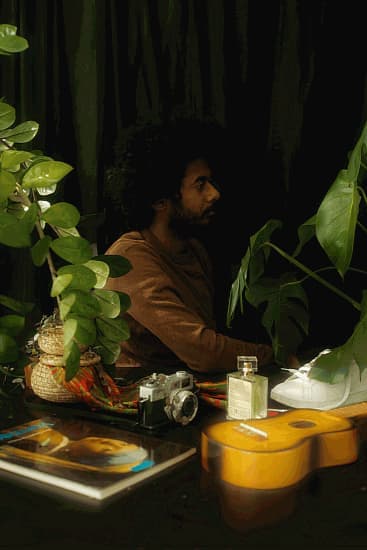Is Fashion Week Ready to Rethink the Runway?
Token sustainability days and poster inclusivity just don’t cut it anymore, and consumers know it too

After a month of virtually attending shows across New York, London, Milan and Paris via an endless barrage of Instagram live streams, it was finally time to return home this week and get ready for the Indian fashion fête that is FDCI X Lakmé Fashion Week (FDCI X LFW). The phygital edition, orchestrated by Lakmé, Fashion Design Council of India (FDCI) and Rise Worldwide, will be well under way when you read this, with the grand finale slated for 10th October. While the ins and outs of various shows will be reported by Team Verve, we’re first going to unpack the claims of sustainability and diversity that are taking centre stage.
The S word in fashion could never be affixed with a singular meaning, but a singular date on FDCI X LFW’s annual calendar is anointed as…no surprises here…Sustainable Fashion Day. Taking place on 8th October this year, the event was conceived a few seasons ago to spotlight conscious collections and their makers: think upcycled fabric, home-grown textiles, circular design challenges and collaborations featuring environment-friendly viscose fibre developed by international manufacturers such as Lenzing Ecovero. While a day dedicated to showcasing the fashion industry’s eco-conscious endeavours suggests all good intentions (and this is true for the most part), the pandemic has certainly put some things into perspective. Do we really need so many clothes? What’s the point of fashion when we have nowhere to go? Who or what are we dressing up for? These are just some of the existential questions (sartorial edition) that have emerged over the past 18 months, not to mention the heightened anxiety about the consequences of climate change and overconsumption that await the next generations.
Once you view “sustainability days” through a post-pandemic lens, other grey areas become more obvious. For instance, is it fitting to create a separate occasion to applaud a #woke design philosophy that should, by now, be a cornerstone of every brand or business? These symbolic days could, in fact, risk masking the day-to-day reality of clothing production’s environmental costs for the rest of the year.
A similar line of thinking can be applied to the idea of representation, as far as beauty standards go. Diversity is considered, but just enough to tick all the right boxes and sidestep criticism. Among runway line-ups that still largely embody the “tall, fair, thin” ideal, we now often find strategically placed plus-size, dark-skinned or other physically “unconventional” models. But when the show’s over, and no one’s watching, things snap back to status quo.
With many organisations establishing new roles like “Chief Diversity Officer”, there has been a notable reset in motion. However, the execution is lacking, and consumers are quick to call it out. Diet Sabya, Indian fashion’s critic-at-large, encapsulated these superficial attempts at inclusivity in a recent meme that made fun of designers scrambling to find plus-size models, prompted by designer Manish Malhotra’s move of getting content creator Sakshi Sindwani to don a look from his latest bridal collection, Nooraniyat.
The model also made an appearance in the body-positive fashion film that accompanied Nooraniyat’s release, and what followed was widespread appreciation (even from Diet Sabya) for the Indian couturier’s efforts in normalising plus-size bridalwear.
Many of the comments under the aforementioned meme, however, point to the problem of capitalising off the inclusivity movement for publicity’s sake and not following up with any real changes towards an equitable industry. And as consumers become more informed and continue to take an active role in influencing demand, fashion’s powers that be are realising that simply keeping up with the Malhotra’s isn’t enough.
Ready? Steady? Reset.